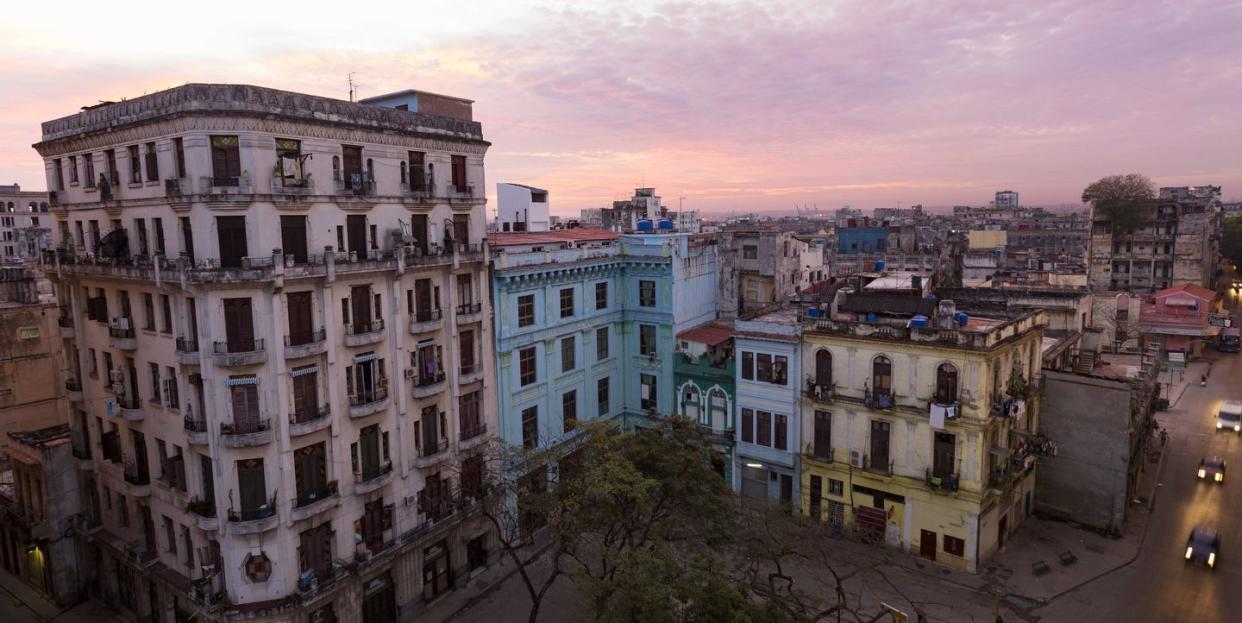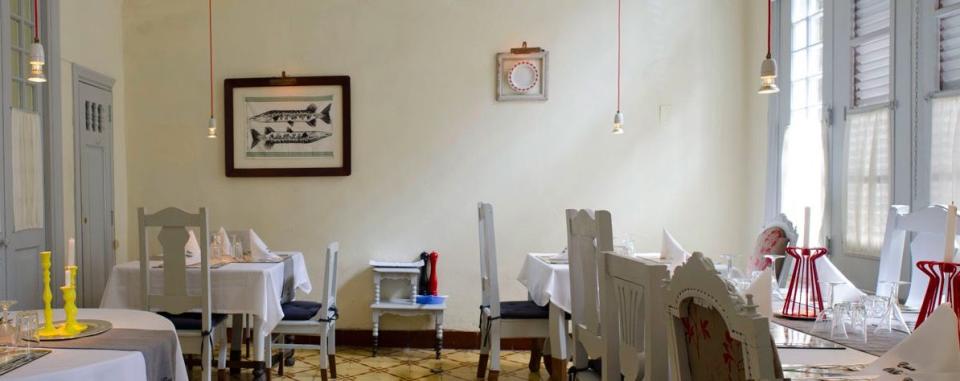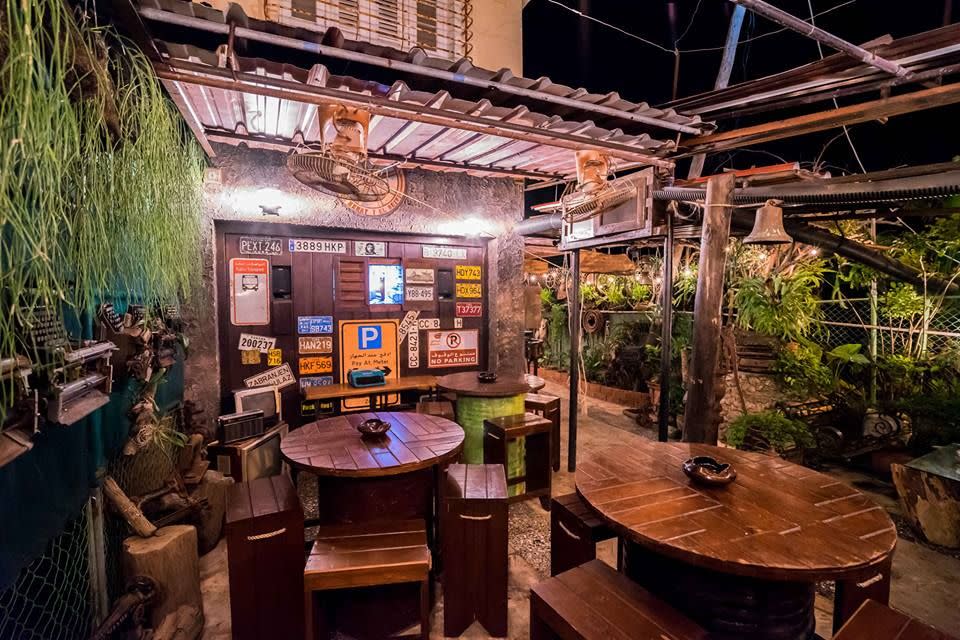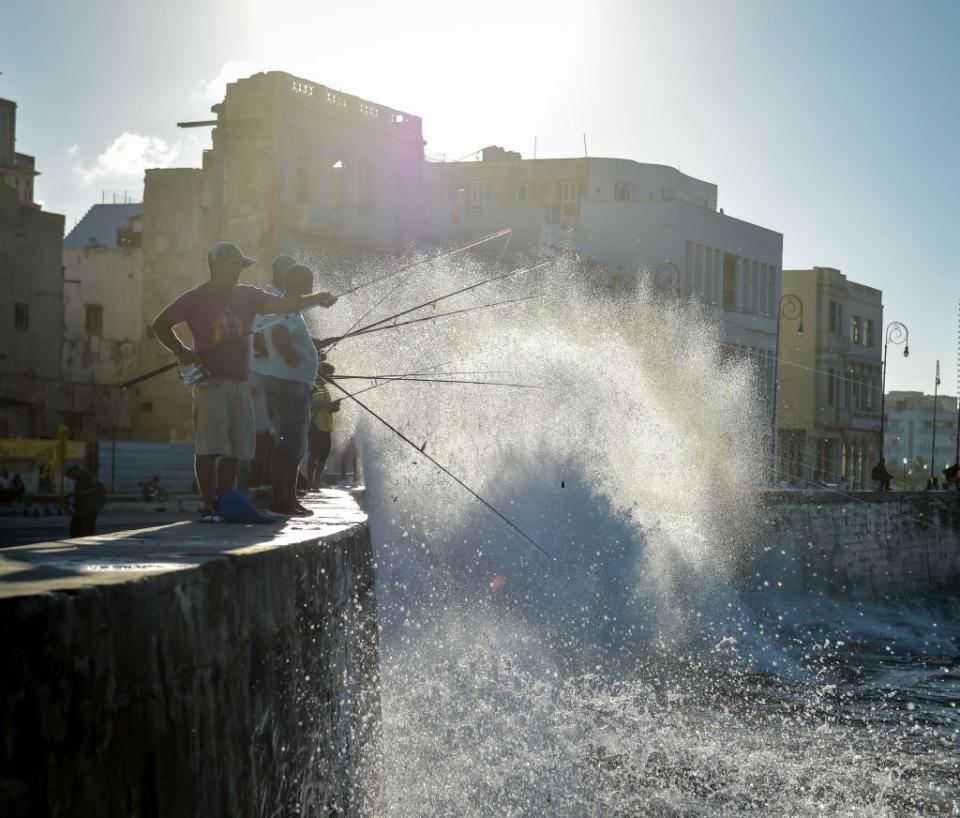48 Hours In... Havana, Cuba

There aren't many places left on Earth that still have an aura of mystery to them. Cuba, though, definitely still has that aura. You might have been to a beach resort on its tourist-centric coasts, but beyond the cigars and the rum and the classic cars, what do you actually know about it?
Some of the postcard-ready snapshots of Cuba do hold true. There are remnants of the country's communist past everywhere, from graffiti tags and billboards to the enormous sculptural portraits of revolutionary heroes Ché Guevara and Camilo Cienfuegos; carefully nurtured classic American cars cruise around, and there's usually some salsa drifting around on the breeze.
But there's much more to Havana than that, and this year's an excellent time to sort that out. It's the 500th anniversary of the founding of Havana in November, and the capital is in the mood to party. There'll be free concerts, art exhibitions and historic sites will open their doors for visitors.
The deeper mystery of Havana remains though. Despite diplomatic thaw with America, there's still a sense that you could very easily disappear into Havana and nobody would ever catch up with you. You'd be able to just wander about, popping into a bar to sip enigmatically at a daiquiri - a Cuban invention - every couple of hours. Yes, you think. I'll write that novel. I'll get to know Old Havana like the back of my hand. "Hey, Luis!" I'll shout as I walk into that little back alley bar, doing a one-handed finger-gun salute. "Lo habitual." Exploring is noble, but start with this as a base layer.
Where to stay

The slackening of the old communist regime means there's been a slow influx of ultra-luxe hotels at the plum spot between the fringes of Old Havana, the Malecòn and the harbour at the bottom of the Paseo del Prado promenade. The Iberostar Grand Packard, once a favourite of Marlon Brando, is the pick of them. It marries old Havanan grace with ultramodern swishness, and has all the five-star features you'd expect - views across the skyline of the city and the Pacific, a spa, five excellent European-leaning restaurants, a plush gym - as well as several you wouldn't. There's a cigar room, and on the sixth floor, an infinity pool looks out across both Paseo del Prado and the bay toward El Morro, the castle guarding the entrance to the harbour. Plus, they've got a genuine Packard car from 1912 in the garage to pick up particularly important guests.
Where to eat lunch

Since communist-era controls in 2010, more and more Cubans convert parts of their homes into restaurants and cafés known as paladars. Casa Miglis is a good one, however bizarre its Cuban-Swedish crossover pitch sounds. It's a light, airy space that feels exactly like the front room that it formerly was, and serves leans toward homely stuff like a beer-infused chilli and a quite magnificent souvlaki that nods to owner Miglis' Greek roots.
Where to snack
Salchipizza, near the Museum of Natural History in lively Centro Habana, is not your average bakery. For one thing, it's run by Michelin-starred chef Alberto Gonzalez, who worked at the celebrated El Bulli. For another, Gonzalez is passionate about not just reviving traditional Cuban flavours, but recreating the foods of native aborigines and enslaved peoples brought to the island. On top of that, you eat under the gaze of Martin Luther King, Malcolm X and Barack Obama. In portrait form, obviously.
Where to eat dinner

Cuban food doesn't have much of a reputation at the moment, but that's changing thanks to the likes of Enrique Suarez at TocaModera. His kitchen does seasonal Cuban comfort food using top ingredients from an organic farm 12 miles west of the city, as well as excellent tacos. Russian and Ukrainian chefs at Nazdarovie, another paladar, bring Eastern favourites like borscht and sour cream, and with the Soviet-era knick-knacks and artwork around the place, it feels a bit like a last refuge for anyone who really, really misses the Cold War.
Where to go out
Late night bars can be quite hard to find, but El Dandy near the Capitolio is exactly the kind of low-lit hangout you'll be after for a post-dinner Cuba Libre. If you're after something a bit less heavily produced than the tourist-centric Tropicana cabaret dance show out to the west of the city, there are loads of live salsa clubs. Your relative lack of rhythm will be obvious, yes, but don't let that put you off. There's a lot of debate as to where's best, but Café Cantante Mi Habana and Casa de la Musica on Miramar are extremely popular. The cool, dark, baroque El Emperador bar is a good shout too. Don't plan too rigidly though. Havana's very much a see-where-the-night-takes-you kind of city.
Where to visit

Finca Vigia, Ernest Hemingway's home during his sojourn in Cuba between 1939 and 1960, is up in the hills about 15 miles from Havana. It's very evocative - there's his typewriters, his hunting trophies and his extensive library, all restored to as it was when Hemingway was kicking about here. His wooden fishing boat, Pilar, is out the back too. Hiring a classic car might feel a little bit obvious, but it's exactly as fun as you think it is. Drive out of central Havana and explore the suburbs and El Bosque de La Habana, a forest full of vast 300-year-old banyan trees with their spectacular winding, creeping limbs. Most of all, you need to wander along the Malecòn at sunset. It's a broad walkway right on the seawall, and it's where the city comes to relax as the sun goes down, talking, laughing, drinking and flirting into the night.
Like this article? Sign up to our newsletter to get more articles like this delivered straight to your inbox
You Might Also Like


